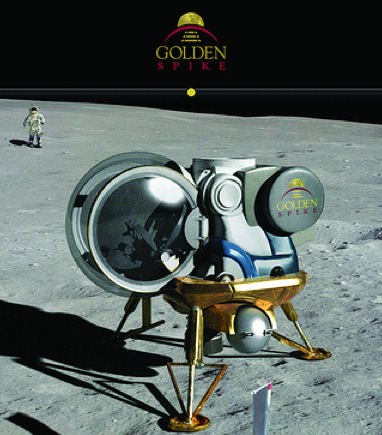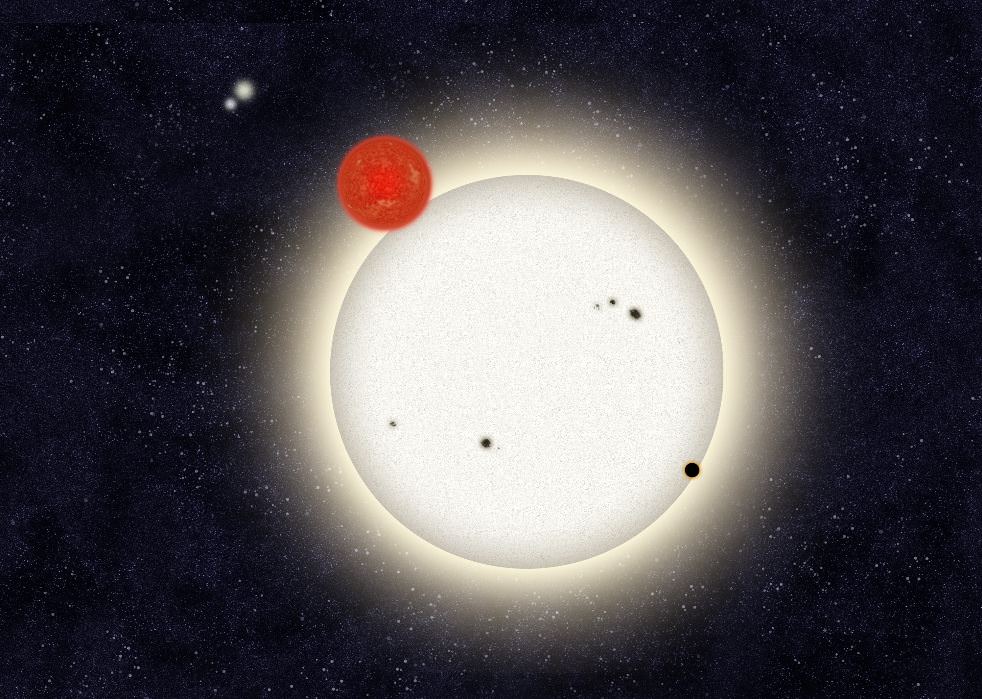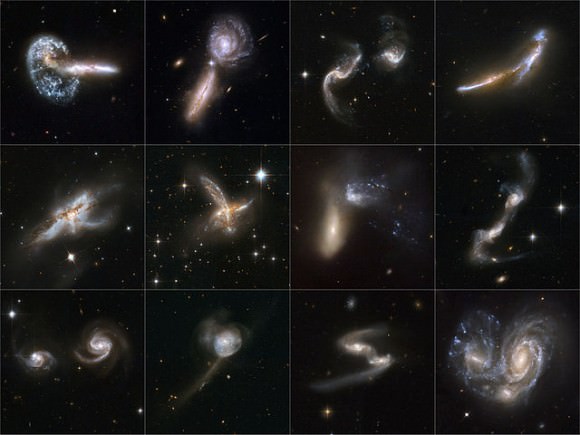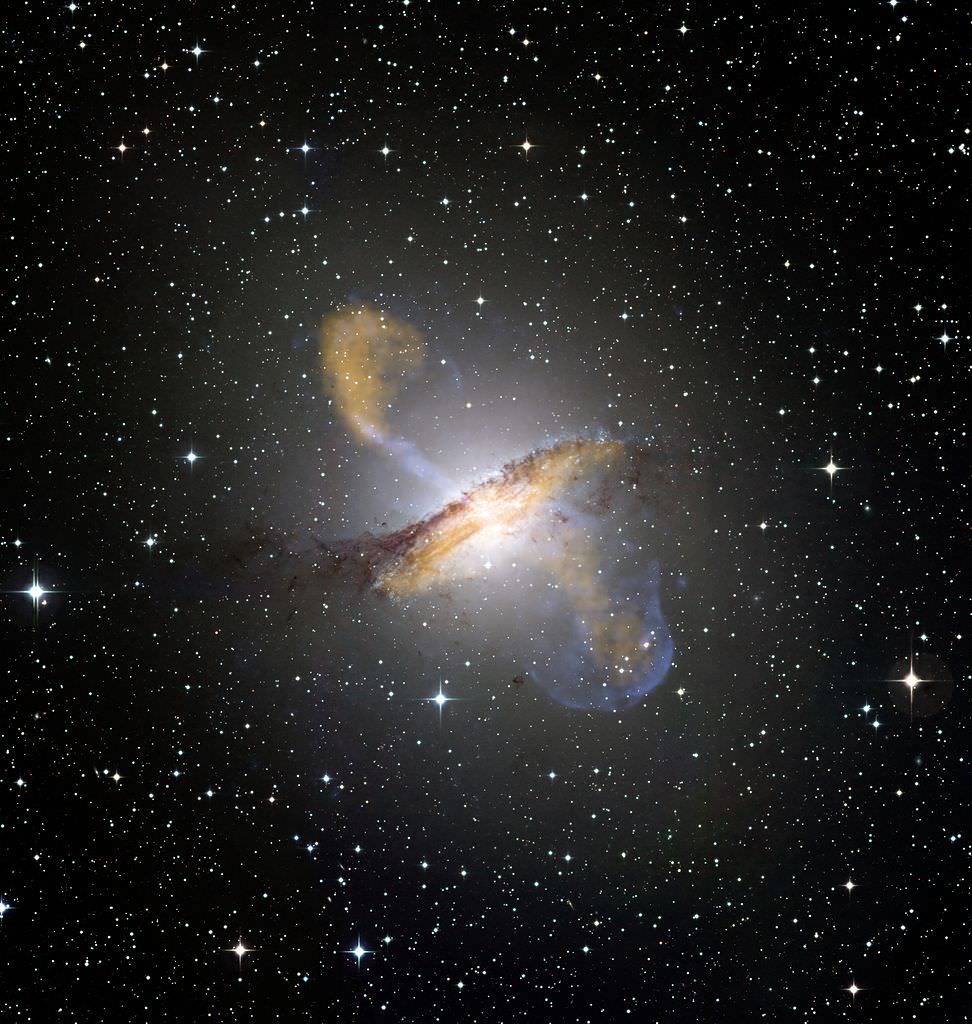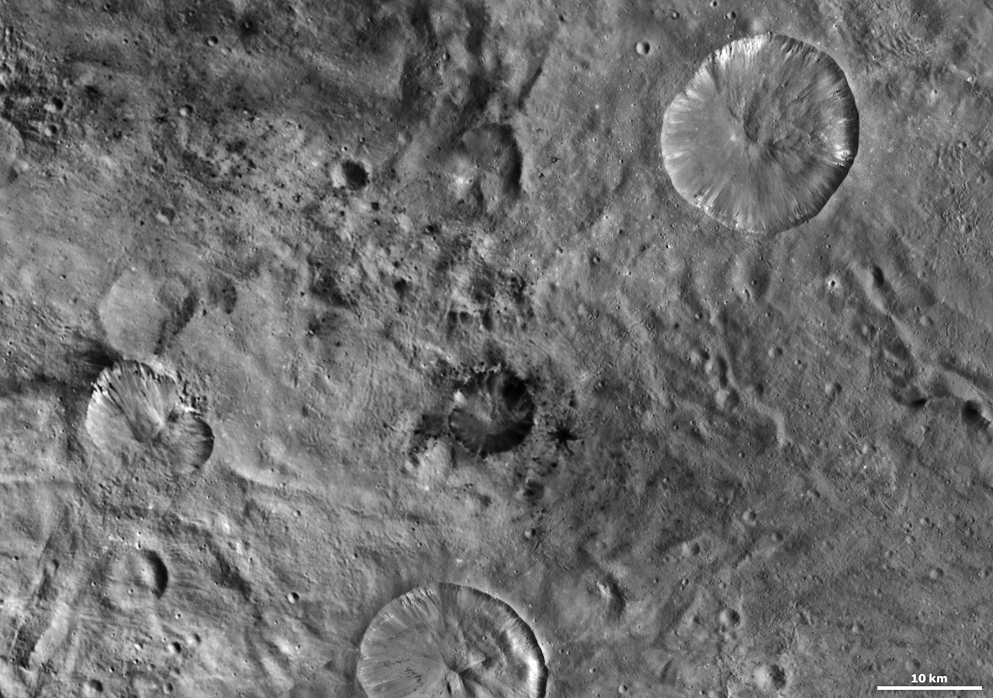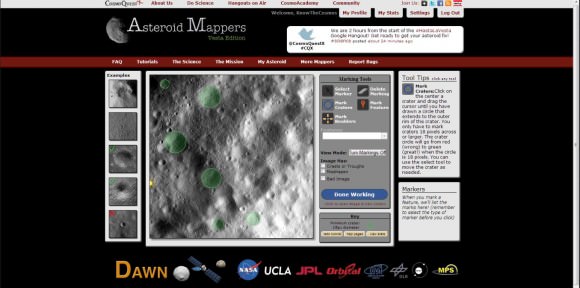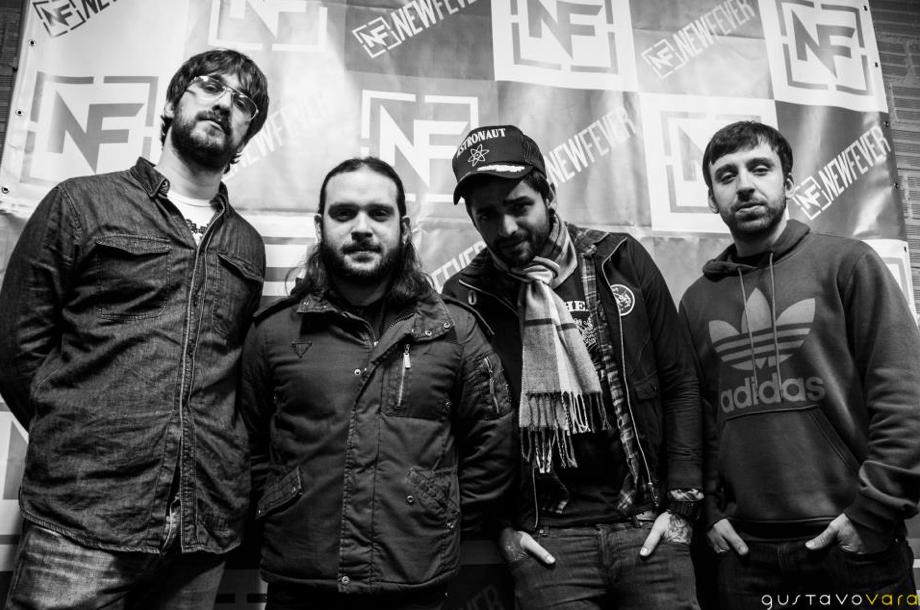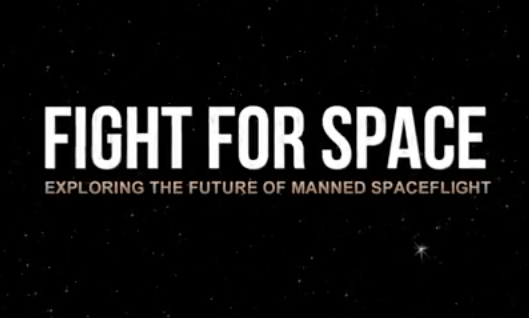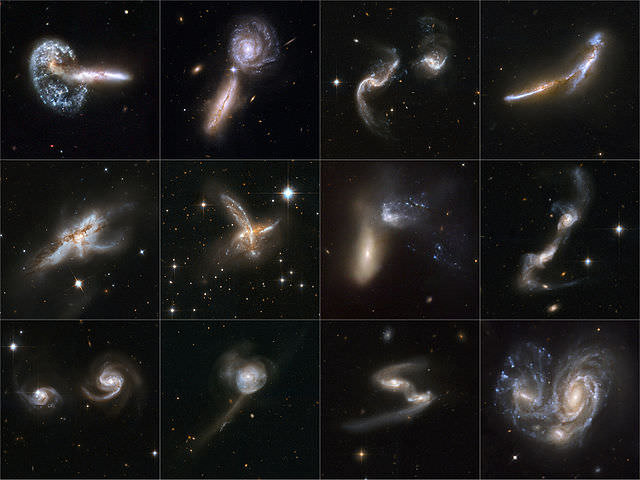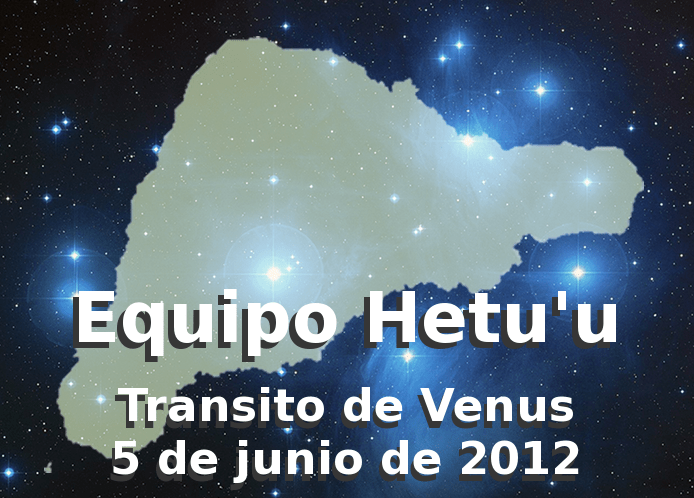Last December the Golden Spike Company announced its plans to enable private-sector lunar exploration missions which would be feasible, profitable, and possible — even without government funding. Comprised of veteran space program executives, managers, and engineers, Golden Spike intends to stand on the shoulders of current space technology to develop lunar transportation systems that can be used by agencies and private interests worldwide to get humans back to the Moon… but they still need your help getting the word out.
“We’re running an Indiegogo campaign as an experiment in public outreach and interest in human lunar expeditions,” Golden Spike CEO and planetary scientist Alan Stern explained to Universe Today in an email.
Recently Golden Spike started a crowdfunding campaign on Indiegogo with the goal of raising $240,000 for international outreach (that’s a dollar for every mile to the Moon!) but, with only 16 10 days left in the campaign, only $9,400 $12,134 has been contributed.* While dollar-for-mile that’s still farther than any humans have traveled into space since Apollo, it’s unfortunately quite short of their goal.
CEO and famed planetary scientist Alan Stern blames himself.
“Simply put, we didn’t put the right people and resources on this Indiegogo campaign,” Stern wrote in an announcement on the Indiegogo site on April 9.
But despite the small amount of time remaining, he’s not giving up.
“We’re going to take advantage of the press of time left — just 16 days — to reach out to the broader public about people they can be a part of a historic new era of human lunar exploration,” Stern writes.
“To do that, you’ll be seeing Golden Spike in the press quite a bit more the next two weeks.”
And he’s asking for your continued help to not just contribute, but also to get the word out.
“Speak to friends and colleagues. Message on sites like Twitter and Facebook, Google+, and LinkedIn. Send emails. Heck, put up signs and hand out flyers! We’re in the final phases of this campaign, ask people to join in. Let them know why you joined. Tell them their participation will make a huge difference… If we do this right, we can succeed.”
While contributions to the Golden Spike campaign won’t be used to launch rockets or build Moon bases, they will be used to reach out to potential international partners and show them that people are indeed interested in getting people back to the Moon… proven by the fact that they’ll even put some of their own money into the venture.
Small donations, large donations… each contribution no matter the size shows that people will invest in a future of lunar exploration. Put some “skin in the game,” if you will.
Click here to contribute to the Golden Spike campaign. And even if you can’t contribute financially, help get the word out. Share this article, tell people about the campaign, let them know that our future on the Moon doesn’t have to rely on fickle government funding or be subject to catastrophic budget cuts.
We got there before, we can get there again. The Moon awaits.
“Make the point that 40-plus years of waiting for governments to do this for us showed that the people who want humans to explore the Moon have to take personal action if we want it.”
– Alan Stern, planetary scientist and Golden Spike Company CEO
Read more about the Golden Spike Company mission here.
PS: Be sure to email [email protected] when you donate to the campaign and let them know your name, city, and state, and who referred you to donate (in this case, Universe Today.) They’re giving prizes for the top US state, top country, and top referrals!
(*Article updated on April 15.)

